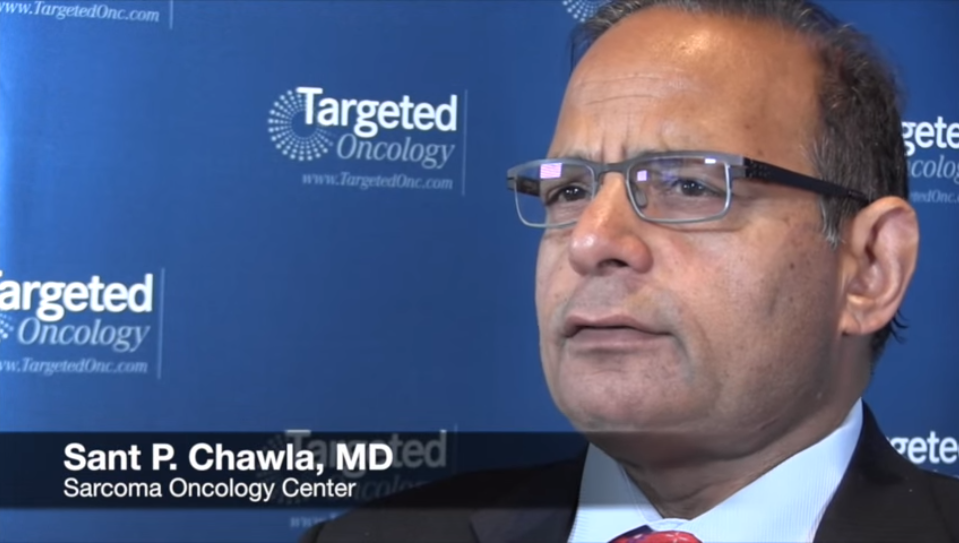 One of the more commonly diagnosed subtypes of sarcoma is malignant fibrous histiocytomas (MFH). A malignant cancer that develops in fibrous tissues, it is usually found in older adults between the ages of 50 to 70 with a tendency towards men rather than women. Tumors most often occur in the extremities but they can occur in just about any part of the body.
One of the more commonly diagnosed subtypes of sarcoma is malignant fibrous histiocytomas (MFH). A malignant cancer that develops in fibrous tissues, it is usually found in older adults between the ages of 50 to 70 with a tendency towards men rather than women. Tumors most often occur in the extremities but they can occur in just about any part of the body.
This disease manifests very few symptoms in its early stage, a characteristic common to most sarcomas. A physician, trained in sarcoma detection, would be the most qualified to diagnose the condition. While some symptoms can be vague and possibly attributed to one of several other diseases, specialists, such as the physicians of the Sarcoma Oncology Center, recommend that suspicious growths should be examined by a doctor. Sarcoma Oncology doctors caution that often symptoms are not noticed until the condition is more advanced, which would then demand prompt treatment. Sensitivity to changes in our health and taking preventive action are a couple of the best defenses we have against a serious disease like sarcoma.
Characteristics and Symptoms
It’s very important to see your physician whenever you detect an unusual growth, even though many are not cancerous. Soft tissue masses can develop quickly within a few months without any pain until eventually, once it’s sufficiently large and compressing a nerve, a tumor can be painful.
Keeping in mind that MFH, or other sarcoma types, is frequently located in the soft tissue of an arm or leg, symptoms tend to affect a limb, including:
- Restricted movement with an arm or leg
- Pain from compressed nerves or muscles
- Pain due to compressed muscles
- Limping
A diagnosis isn’t conclusive until an X-ray, MRI, and biopsy are conducted. An MRI is highly effective in imaging soft tissue tumors providing information about a tumor’s size, location, and proximity to neurovascular structures. The final step is typically a biopsy which reveals the tumor’s characteristics such as grade and cell origins.
Tumors behave differently depending on the type of MFH. Lower grades tend to be slow growing and less invasive while the high grades are fast growing and invasive. This information is determined once all the diagnostic exams have been performed.
There are a number of steps and procedures to take before reaching a diagnosis, and most oncologists, including Dr. Chawla at Sarcoma Oncology, will always carefully explain each process to their patients. Dr. Chawla is very diligent in making sure that his patients receive thorough explanations and patient education support while they are being treated at the Sarcoma Oncology Center.
Developing a Treatment Plan
Sarcomas are often fairly advanced by the time they are detected and treated, therefore, require a multidisciplinary approach. An important part of treatment includes careful evaluation of both medical and personal factors including:
- Tumor location
- Tumor size and stage
- Patient’s age and medical history
- Patient lifestyle and physical condition
- First diagnosis or recurrence
A treatment plan is usually a combination of two or more of the following methods:
- Surgery
- Chemotherapy
- Radiation
Getting a cancer diagnosis is life-changing and catches us by surprise, no matter how well prepared we are. The Sarcoma Oncology Center recommends patients getting a second opinion and taking time to learn as much as they can about the disease and treatment options. Self-education is empowering and removes the feelings of helplessness that often comes with cancer .
Our Specialists Can Help You
If you have been diagnosed with malignant fibrous histiocytomas (MFH) and seek a second opinion or you are ready to discuss treatment options, contact the specialists at the Sarcoma Oncology Center. The center’s doctors are internationally known for their expertise in sarcoma care. We would like to help you. Call us today at 310-552-9999 to schedule a consultation.





